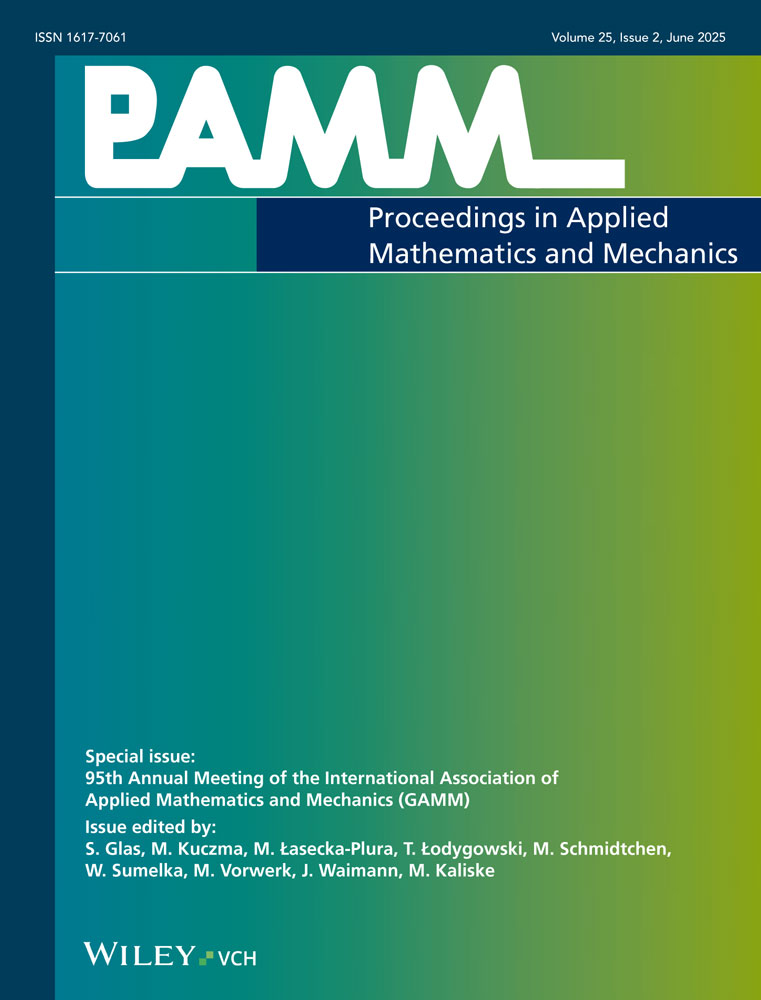Efficient Reduced Order State Space Model Computation for a Class of Second Order Index One Systems
Abstract
Simulation, design optimization and controller design of modern machine tools heavily rely on adequat numerical models. In order to achieve results in shorter computation times, reduced order models (ROMs) are applied in either of these tasks. Most modern simulation tools expect these ROMs to come in standard state space form. Structural models of the machine tool are however of second order type. In case piezo actuators are used in the device they are even differential algebraic equations (DAEs) of index one due to the coupling to the equations describing the electric potentials. This contribution is dedicated especially to those systems. We combine the ideas for balanced truncation model order reduction of large and sparse index 1 DAEs with methods developed for the efficient numerical handling of second order systems. (© 2012 Wiley-VCH Verlag GmbH & Co. KGaA, Weinheim)




